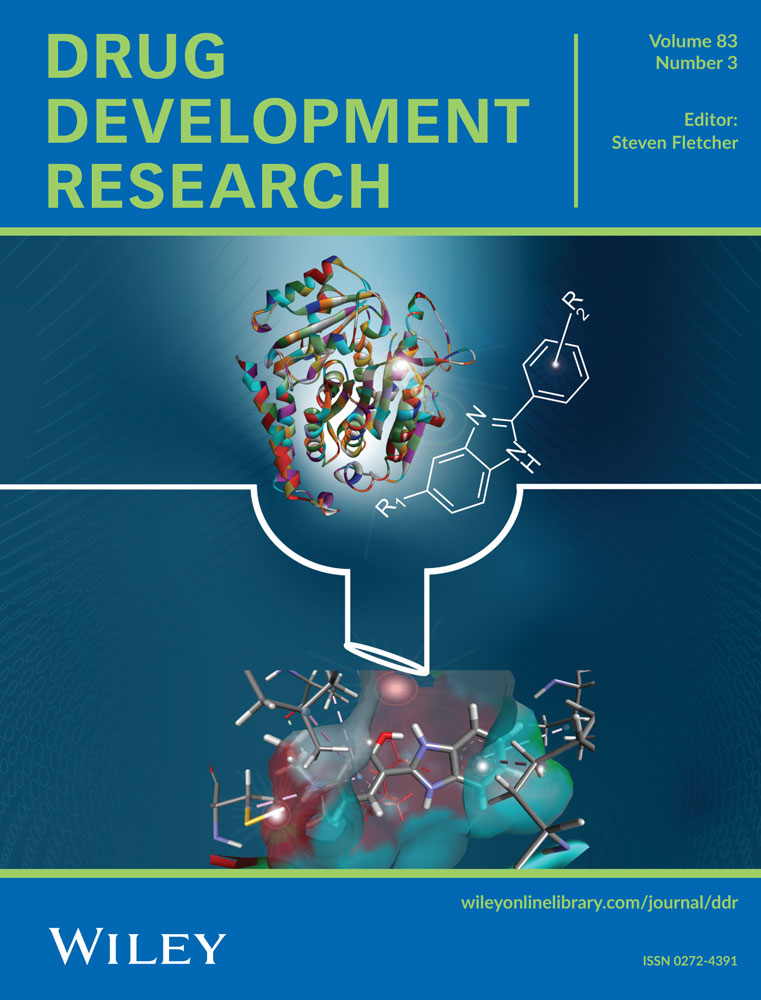Multifunctional Docetaxel Cholesterol-Polyethylene Glycol Co-Modified Poly (N-Butyl) Cyanoacrylate Nanoparticles for Brain Tumor Therapy
Abstract
Owing to the presence of the blood-brain barrier and the lack of significant specificity towards tumor cells after entry into the brain, the unsuccessful delivery of anticancer drugs to the treatment of brain tumors. The hypothesis that cholesterol-PEG co-modified poly (N-butyl) cyanoacrylate nanoparticles (CLS-PEG NPs) are an effective carrier for the treatment of brain tumors was verified, and the mechanism of its treatment for brain tumors was preliminarily explored. In this study, we used multifunctional poly (N-butyl) cyanoacrylate nanoparticles modified with cholesterol and polyethylene glycol (PEG) as a drug delivery system to encapsulate the anticancer drug docetaxel (DTX). Cell anti-proliferation tests showed that CLS-PEG NPs increased the inhibitory effect of DTX. A pharmacokinetic study indicated that CLS-PEG NPs achieved sustained release for 8 h. These experimental results demonstrated that CLS-PEG NPs amplified the concentration of the drug transported to the brain and sustained drug release in the brain. In addition, CLS-PEG NPs led to better pharmacological efficacy in an orthotopic brain glioma rat model. The survival rate of rats in the CLS-PEG NPs group was significantly prolonged to 28 d. We also found that CLS-PEG NPs inhibited M2 microglial polarization. These results indicate that CLS-PEG NPs are a prospective drug delivery system for targeting brain tumors.

 求助内容:
求助内容: 应助结果提醒方式:
应助结果提醒方式:


